My Account Details
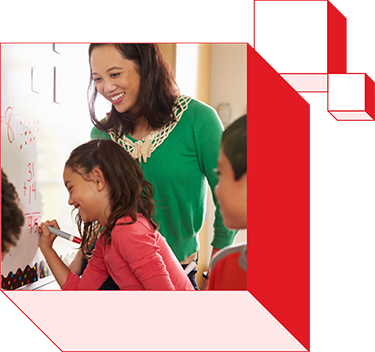
Corrective Mathematics
Grades: 3 - 13
Efficacy-proven, intensive support for students who have difficulty with mathematics. Corrective Math is organized into seven strategic modules that provide teacher-directed, explicit instruction on critical math skills and concepts students struggle to grasp.




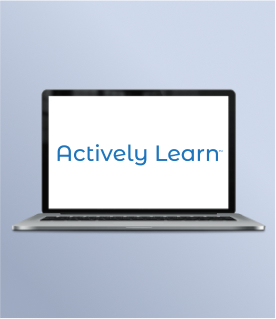





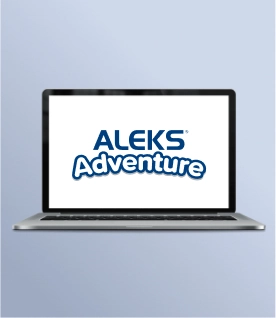
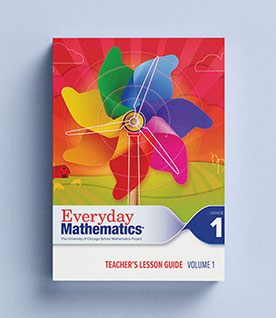

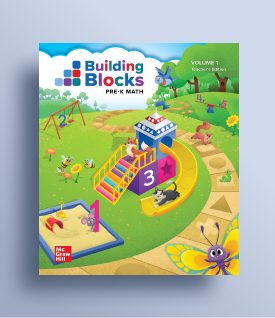















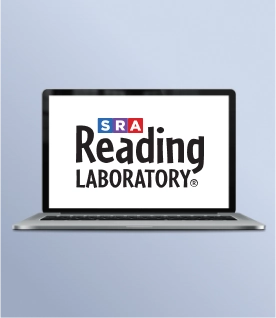











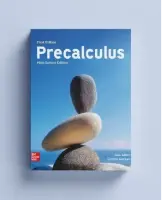

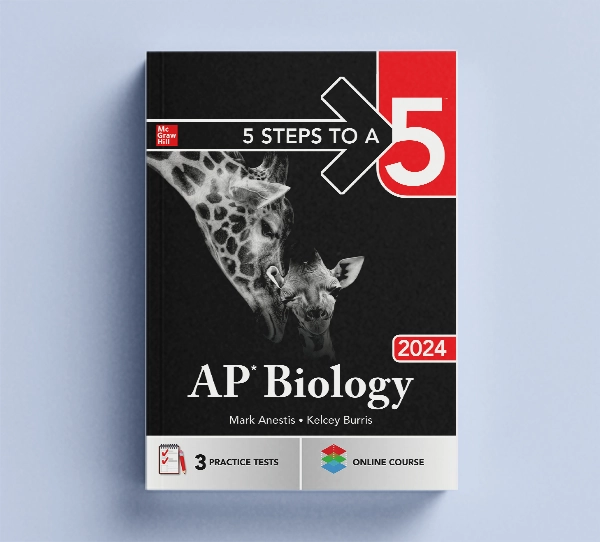



Social Studies
View all Social Studies Programs
IMPACT (K–5)
Actively Learn (3–12)
New Social Studies (6–12)
Networks (6–12)